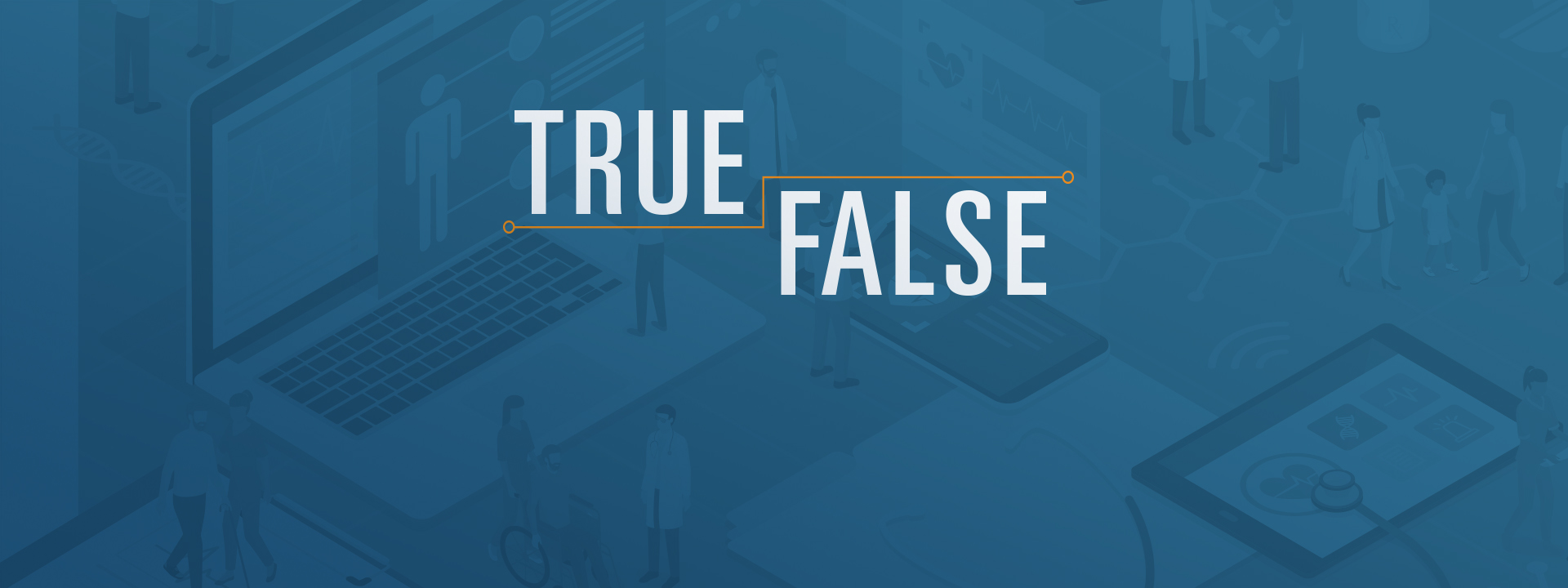According to our National Progress Report, we processed 17.7 billion secure health data transactions last year—a 29% increase over 2017. We also added 8 million unique patients to our master patient index, which now includes 258 million patients, or nearly 80 percent of the total U.S. population.
We are proud of these numbers, but more proud of what they indicate. When you harness the power of health information technology and champion industry-wide collaboration, as we have with the Surescripts Network Alliance, the impact to patient care can be profound. Our report shows where and how this is happening—with more connections and more high-quality, actionable data than ever before. Below, I’d like to share a few pieces from the report that I find particularly impactful for both practitioners and patients alike.
The Emergency Room Visit
Access to clinical care records from across the country and various care settings, powered by Record Locator & Exchange, benefited clinicians and patients in a number of real-world scenarios in 2018. For example, a triaging emergency room physician used the solution with an incoming patient. In doing so, he learned the patient suffered from serious cardiovascular disease. The physician ordered that the patient be immediately transferred to the university hospital for aggressive treatment, arguably saving his patient’s life.
This wasn’t a one-off use case.
The demand for such nationwide health information exchange is real, as evidenced by the rapid adoption of this solution nationwide. At 106,000, the number of clinicians using this technology more than doubled in 2018. They represent nearly 5,000 healthcare organizations across all 50 states and Washington, D.C. In addition, Record Locator & Exchange delivered 108 million links to clinical document sources, a 586% increase over 2017, and enabled the exchange of 99 million care location summaries, a 52% increase. This is a critical functionality, given the mobility of our population, which is also suffering from more chronic disease than ever before. With Record Locator & Exchange, we’re delivering true interoperability at a national scale.
Intel on the Opioid Epidemic (and the tools that are helping to curb it)
While the number of opioids prescribed across the United States is falling, the use of electronic prescribing for opioids and other controlled substances has increased by nearly half. This is good news. Electronic prescribing of controlled substances, or EPCS, helps clinicians prescribe with confidence, ensuring that patients in legitimate need get pain relief, while curbing potential fraud and abuse.
Furthermore, our network data revealed some hopeful signs on the front lines of the opioid crisis. Electronic prescriptions for buprenorphine, a medication that helps treat opioid addiction, are up by nearly 90%. While this data is promising, it’s also good intel on the state of the crisis nationwide.
Complex social problems, such as the opioid epidemic, require multifaceted solutions. And we believe that health information technology, such as EPCS, can play a significant role in helping to curb it. As evidenced by the number of states who had mandated the electronic prescribing of controlled substances by the end of 2018—15 in total—and the federal law that does the same, with an effective date of January 1, 2021, it seems that legislators think so, too. These mandates helped to increase the use of EPCS by 49%, with more than 115 million such prescriptions crossing our network in 2018.
When a Medication Costs $8,000 a Pop
High drug prices are not news, but here’s the reality: prescription drugs comprise 17 percent of America’s personal healthcare spending. Next year, we’re projected to spend more than $600 billion on medications alone. Those numbers hit pocketbooks hard, yet Americans still need access to effective medications. Furthermore, prescribers want to ensure patients can afford and adhere to their drug therapies, yet often report missing a critical piece of information: access to patient out-of-pocket costs. As such, it’s no wonder that prescription price transparency tools have gained such momentum.
Real-Time Prescription Benefit displays patient-specific, formulary-based out-of-pocket information for the prescriber’s choice of drug as well as up to five therapeutic alternatives. Together, a prescriber and patient can discuss and choose what medication is both clinically and financially appropriate for the patient, sometimes with breathtaking results.
Last year, we delivered 40.5 million Real-Time Benefit Checks, an increase of 1,206%. Provider adoption of the tool also saw a staggering increase of 1,338%.
And in September of last year, Real-Time Prescription Benefit saved one patient as much as $8,032 in out-of-pockets costs on a single prescription. When a lower-cost alternative is available and chosen, our network reported significant savings for prescriptions across specialties and therapeutic classes. We found that patients can save, on average, $105 on antidepressants and $67 on antifungals.
For more detail on these and other scenarios, as well as the hard data behind them, check out the National Progress Report and read our press release, Interoperability Delivering Meaningful Improvements in Healthcare Cost and Quality at Scale.


 Dean Riggott Photography
Surescripts
Dean Riggott Photography
Surescripts






